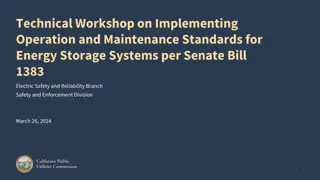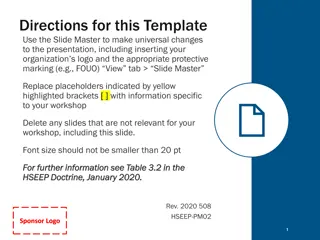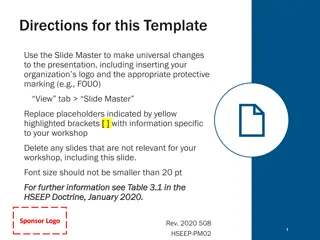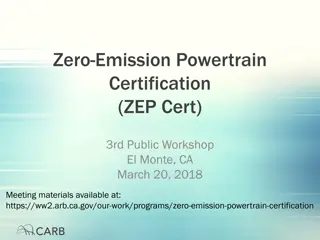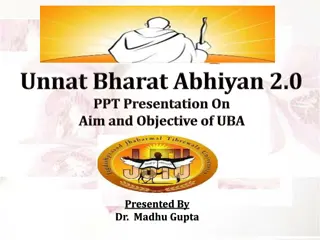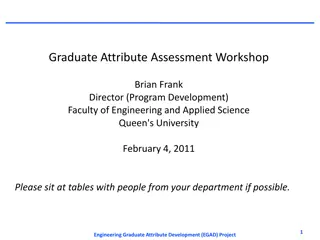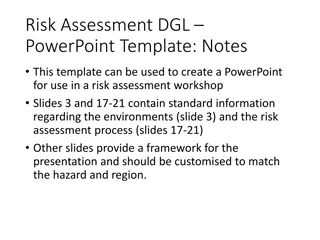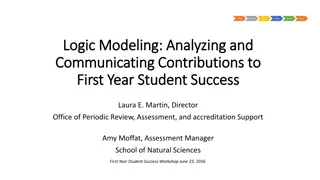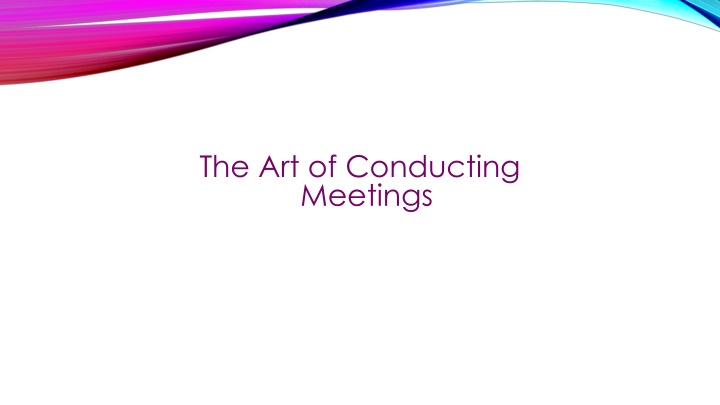
Effective Meeting Management: Strategies and Best Practices
Learn the art of conducting successful meetings, including how to prepare, run, and conclude meetings effectively. Discover the characteristics of bad meetings, symptoms of toxic urgency, and key elements of good meetings to enhance productivity and collaboration.
Download Presentation

Please find below an Image/Link to download the presentation.
The content on the website is provided AS IS for your information and personal use only. It may not be sold, licensed, or shared on other websites without obtaining consent from the author. If you encounter any issues during the download, it is possible that the publisher has removed the file from their server.
You are allowed to download the files provided on this website for personal or commercial use, subject to the condition that they are used lawfully. All files are the property of their respective owners.
The content on the website is provided AS IS for your information and personal use only. It may not be sold, licensed, or shared on other websites without obtaining consent from the author.
E N D
Presentation Transcript
The Art of Conducting Meetings
SESSION OVERVIEW Consider what makes a meeting effective, and the features of bad meetings Preparing for your meeting why have it, what needs to be agreed, who should attend An effective agenda Running your meeting Qualities of the chairperson and the minute taker Starting your meeting, running your meeting, concluding your meeting Types of meeting www.reedlearning.co.uk
BAD MEETINGS What makes a bad meeting? www.reedlearning.co.uk www.reedlearning.co.uk
WHAT MAKES A BAD MEETING? No objectives Lack of structure Poor organisation No agenda Late agenda Random agenda items People hijacking the meeting with their own agenda A weak chair Poor time-keeping No specific outputs Any other business Poor behaviours within the meeting www.reedlearning.co.uk
SYMPTOMS OF TOXIC URGENCY Do people have trouble scheduling meetings on important meetings? Is candour lacking when confronting bureaucracy and politics? Do meetings on key issues end without decisions being made about what must happen (apart from the next meeting) Are discussions inwardly focussed rather than about external threats and opportunities? Do people spend hours preparing PowerPoint and excel programmes on almost anything? Do people blame each other? Do passive-aggressive attitudes exist around big issues? Are failures in the past discussed with a view to stopping new initiatives rather than to learn? Do people say we must act now but then don t act? Do cynical jokes undermine important discussions
GOOD MEETINGS What makes a good meeting?
WHAT MAKES A GOOD MEETING? It has a clear agenda that meets current business priorities It is relevant to the participants Information is provided well in advance for participants to consider their position and understanding It is scheduled appropriately It starts and finishes on time It is chaired effectively Everyone is allowed to participate There are agreed outputs which can be reviewed The environment is conducive for an effective meeting
THREE ACTION POINTS 1. 2. 3. Review your meetings. Which are good and which are bad? Commit to challenging the bad meetings Plan and prepare for your next meeting using the following guidelines
PREPARATION - BENEFITS OF MEETINGS Meetings are often considered a waste of time. But what are the benefits of meetings?
THE BENEFITS OF MEETINGS They are an effective way of cascading a consistent message People get to know each other they can put faces to names It provides a break from a desk-job or other routine activity It allows a wide range of views to be heard Networking possibilities are improved People more likely to be attentive compared with reading a memo People more likely to be attentive than listening on the end of a conference call or on-line meeting It can be easier to control It can make people feel important and improve motivation
PREPARING YOUR AGENDA What questions do you need to ask before setting your agenda?
PREPARING YOUR AGENDA What is the overall objective of our meeting? What are the key discussion areas that will ensure we achieve the above objective? Which are the priority items and which can be achieved through other means?
WHO SHOULD ATTEND? Consider the points in your workbook page 8 Think about your next meeting Who should attend and why?
WHEN TO HOLD A MEETING? Consider the points in the workbook under When to Hold a Meeting When is the best time to hold your next meeting?
YOUR MEETING VENUE What must you consider with regard to your meeting venue?
VENUE CONSIDERATIONS The room is booked and available! The room is an appropriate size for all It is appropriate for people with disabilities There are breaks to allow for Guide-Dogs and Hearing dogs to be exercised There is seating for all There is natural light The temperature is adequate There are no distractions There are refreshments available The room is easy to access and clear directions are provided The venue has adequate parking The equipment is available and in working order There are pens, pencils and note-pads available Some people hold meetings without seats ie standing only. This makes the meeting go much quicker!
RUNNING YOUR MEETING A good meeting needs an effective chairperson What are the qualities of an effective chairperson?
QUALITIES OF THE CHAIRPERSON Organised Assertive Facilitator Great time-keeper Ability to keep control Ability to encourage contributions Culturally sensitive Business-like
HOW DO YOU DEAL WITH: Quiet attendees Talkative attendees Aggressive attendees Cynical attendees Late-comers Attendees who use devices during meeting Mobiles, I-phones, I-pads, etc. www.reedlearning.co.uk
BEGINNING, MIDDLE AND END Great meetings have great structure What needs to occur during the beginning, middle and end?
STOP, START, CONTINUE? Three things... Your action plan Make it happen


